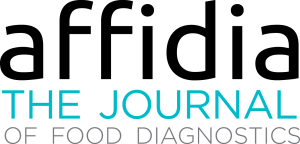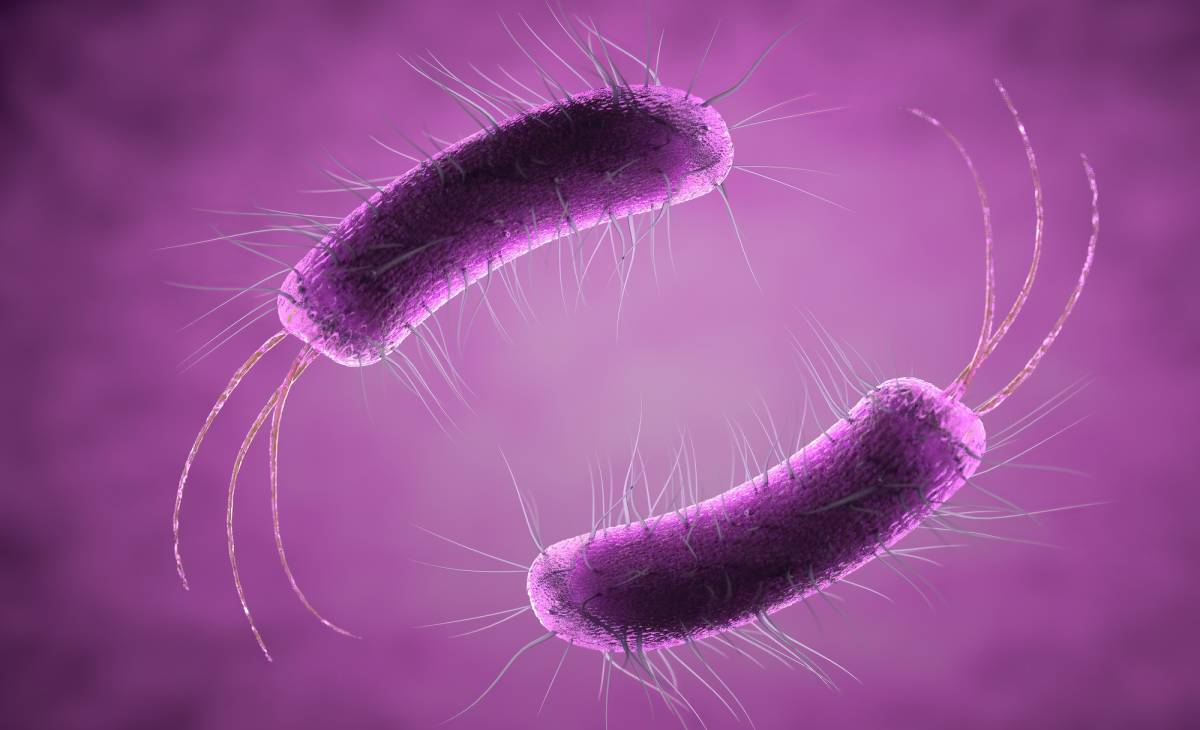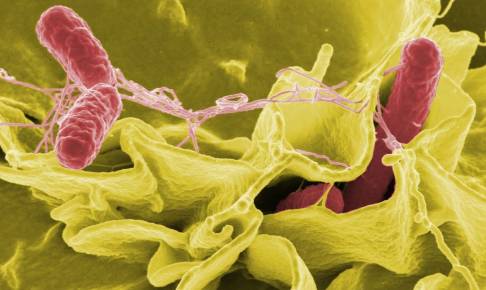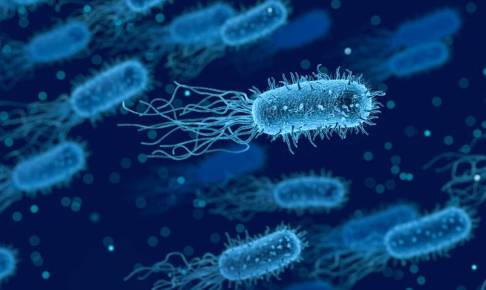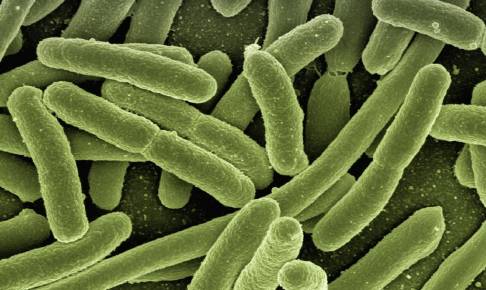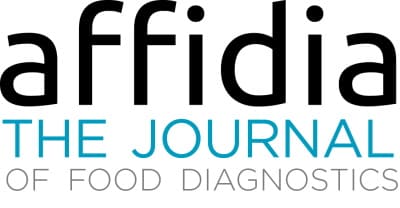New FAO-WHO reports to help risk managers address Listeria and STEC
Two new reports have been recently released to help risk managers address food safety issues related to Listeria monocytogenes and Shiga toxin-producing Escherichia coli (STEC). These two reports are part of the series of microbiological risk assessments (MRA) published by the Joint FAO/WHO Expert Meetings on Microbiological Risk Assessment (JEMRA).
Listeria monocytogenes mainly affects certain highly susceptible populations (e.g. pregnant women and immunocompromised individuals), while STEC infection are more frequent in children. Although these pathogens usually cause mild effects, such as stomach upset and diarrhea, in some cases they can be the source of severe life-threatening diseases.
Listeriosis outbreaks are often associated with ready-to-eat meat, unpasteurized dairy products and pre-cut fruits and vegetables. Recently, many outbreaks have been attributed to previously unreported food sources, such as fresh and minimally processed fruits and vegetables, sprouts, and frozen vegetables and ice cream. Although infrequent, listeriosis is among the deadliest foodborne diseases known.
STEC infections are most frequently associated with eating beef, raw milk and raw milk cheese, leafy green and sprouts. Worldwide, STEC infections result in approximately 1 million cases per year.
Thanks to the advances in technology, which provided new methods and tools, and following the changes in the epidemiology of Listeria and STEC, JEMRA went back to the risk assessment basics- to better characterize the pathogens, re-evaluate the dose-response models and determine the most important food sources responsible for infection with these pathogens.
Sources:
https://www.fao.org/food-safety/news/news-details/en/c/1608823/
